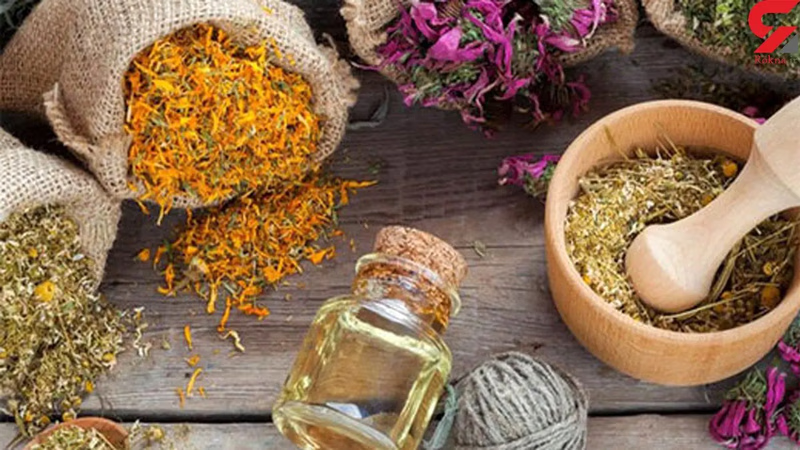
Native medicinal plants from West Asia enhance traditional medicine.
Medicinal plants that grow naturally in the regions of West Asia and are considered as part of the biodiversity of these regions. Native medicinal plants are known as indigenous species or native in a certain region, which means that they grow naturally in that region and are related to that region and the culture of the people. West Asian regions include countries such as Iran, Iraq, Syria, Lebanon, Palestine, Jordan, Turkey , and Arab Peninsula countries such as Saudi Arabia, Oman , and the United Arab Emirates . In these regions, many native medicinal plants are widely used in traditional medicine and local treatments and have significant medicinal properties. These plants may vary according to the climate and soil conditions of different regions in West Asia and be used as producers of effective substances in the pharmaceutical industry.
West Asian regions have a large variety of native medicinal plants. Some examples of these medicinal plants are:
- Ginger (Zingiber officinale) : Ginger is a famous medicinal plant that grows in Iran, India, China and other Asian countries. Ginger root is used to treat digestive problems, joint inflammation and colds.
- Saffron (Crocus sativus) : Saffron is a flower that grows in Iran, Afghanistan and Middle Eastern countries . The main use of saffron is in cooking, but it is also used as an antidepressant in traditional medicine.
- Mentha : Mint is a plant that grows in different regions of West Asia. Mint leaves are used to treat digestive problems, headaches and respiratory infections.
- Thymus : Thymus is a plant that grows in the temperate and mountainous regions of West Asia. Thyme leaves and flowers are used to treat inflammations, respiratory infections and digestive problems.
- Chamomile (Matricaria chamomilla) : Chamomile is a plant that is cultivated in different regions of West Asia. Chamomile flowers are used to treat digestive problems, relax and improve sleep.
- Tarragon beans (Artemisia dracunculus) : This plant grows in areas such as Iran and Turkey. Tarragon bean leaves are used as anti-inflammatory and anti-spasmodic in the treatment of some digestive problems.
- Cardamom (Elettaria cardamomum) : Cardamom is a plant that grows in countries such as India, Iran and Saudi Arabia. Cardamom seeds are used to improve digestion, relieve respiratory symptoms, and improve bad breath.
The differences between native medicinal plants of the Middle East and West Asian countries and medicinal plants from other parts of the world are:
- Variety of species : The Middle East and West Asia have a variety of plant species that are used as medicinal plants. These regions are known as the birthplace of many medicinal plants due to the special climate and soil conditions.
- Natural environment : The natural environment and climatic conditions of the Middle East and West Asia have a great influence on the growth and diversity of medicinal plants in these regions. These regions have a hot and dry climate in many areas, which makes some plants grow well.
- Use in traditional medicine : Medicinal plants indigenous to the Middle East and West Asia have been used since ancient times in the traditional medicine of these regions as a treatment for various diseases and disorders. Scientists and doctors in these areas have focused on traditional medicine and have turned to these plants based on the experiences of several centuries .
- Active components : Some native medicinal plants of the Middle East and West Asia have very strong active components that are used in the production of medicines. These components can be specific chemical compounds that have medicinal properties.
- Extraction methods : The methods of extracting effective substances from medicinal plants may differ between different regions. Traditional methods of extracting effective substances from plants in the Middle East and West Asia may be different from modern extraction methods in other parts of the world.
The differences between the native plants of West Asia and other parts of the world show that the native medicinal plants of the Middle East have unique features and characteristics that distinguish them from other parts of the world. These characteristics include the diversity of species, natural environment, history of use in traditional medicine, specific active components and methods of extracting effective substances. However, it should be noted that each geographical location has its own medicinal plants and each region of the world can have its own unique medicinal plants.
-

West Asia is home to a rich diversity of native medicinal plants, integral to the region"s biodiversity and traditional medicine. Countries such as Iran, Iraq, Syria, and Saudi Arabia host various indigenous species that thrive in their unique climates and soils. These plants are not only used locally for treating ailments but also play a significant role in the pharmaceutical industry due to their effective compounds. Notable examples include Ginger, Saffron, Mint, Thyme, Chamomile, Tarragon beans, and Cardamom. Each plant has specific medicinal properties; for instance, Ginger aids digestion and reduces inflammation, while Saffron serves as an antidepressant. The region"s climatic conditions contribute to the growth of these plants, which have been utilized in traditional medicine for centuries. The extraction methods for their active components may differ from modern techniques used elsewhere. The unique characteristics of West Asian medicinal plants highlight their importance in both local cultures and global markets.
-
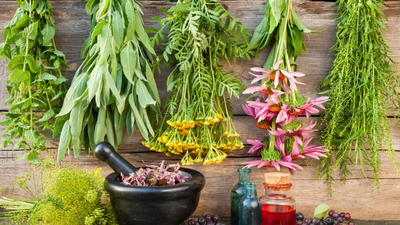
Original wild medicinal plants are those that grow naturally without human intervention, retaining their original properties. These plants are crucial for the pharmaceutical and medical industries, serving as raw materials for various treatments. Key regions for sourcing these plants include South America, Africa, Asia, and Europe. Notable examples of medicinal plants include Siberian Ginseng, Gotu Kola, St. John"s Wort, and Ginger, each known for specific health benefits such as boosting immunity or alleviating digestive issues. The use of these plants not only supports biodiversity but also provides sustainable resources for health care. Their historical significance in traditional medicine underscores their therapeutic potential and genetic diversity. As the demand for natural remedies grows, understanding the origins and benefits of these wild plants becomes increasingly important for businesses involved in the B2B marketplace across Asia and the Middle East. "
-
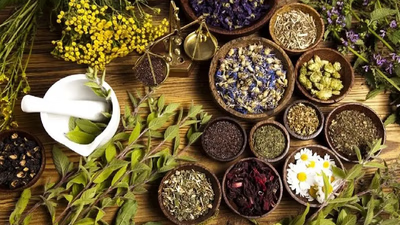
Medicinal plants hold significant economic value, influenced by factors such as demand, supply, and unique properties. Key plants like Digitalis, Poppy, Saffron, Ginseng, Aloe Vera, Clove, Mint, and Fennel Flower are highlighted for their strategic importance. Digitalis is crucial for heart disease treatment; Poppy is a primary source of narcotics; Saffron is valued for its anti-inflammatory properties; Ginseng boosts immunity and energy; Aloe Vera is essential in skincare; Clove aids in anxiety relief; Mint serves various health applications; and Fennel Flower is prominent in the Middle East. The strategic value of these plants can be affected by legal restrictions and environmental conditions. Countries like Iran, Turkey, and Saudi Arabia are key players in the production and trade of these medicinal plants. Market demand can fluctuate based on traditional medicine practices and scientific validation of their uses. The potential for research and development in this sector further enhances the strategic value of these plants.
-
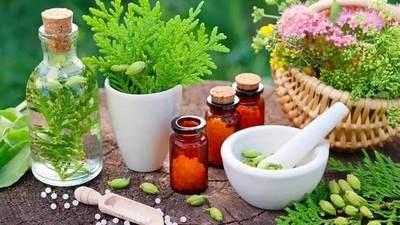
Medicinal plants serve as vital resources in both traditional and modern medicine, offering a range of therapeutic properties. Historically, these plants have been utilized across various cultures for treating ailments through methods such as teas, extracts, and powders. In contemporary settings, the significance of medicinal plants has surged, with many active compounds being integral to drug development. Research indicates their efficacy in addressing numerous health issues, including cardiovascular diseases, cancer, and neurological disorders. Prominent pharmaceutical companies incorporate these natural compounds into their products; for instance, Digoxin from digitalis treats heart conditions, while Tamoxifen is derived from the Tamoxifen plant for breast cancer treatment. Other examples include Paclitaxel for cancer therapy and Aspirin from willow bark for inflammation relief. The extraction processes of medicinal plants yield concentrated active compounds used in various forms like tablets and capsules. Additionally, these plants are employed in herbal teas and dietary supplements. The exploration of medicinal plants continues to expand within modern medicine as ongoing research seeks to uncover their full therapeutic potential and interactions with conventional drugs.
-
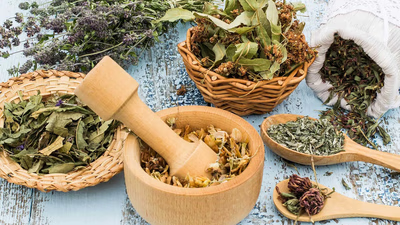
Medicinal plants, also referred to as medicinal herbs, are utilized for their therapeutic properties derived from various chemical compounds. These plants can be used in the production of medicines, nutritional supplements, and herbal remedies. Common examples include ginger, peppermint, and aloe vera, which possess antibacterial and anti-inflammatory properties. For a plant to be classified as medicinal, it must demonstrate effectiveness in treating diseases based on scientific studies and traditional use. Safety is paramount; any potential side effects must be evaluated against the benefits. Additionally, these plants should be affordable and accessible for commercial production. Medicinal plants can thrive in natural environments or controlled greenhouse conditions to ensure optimal growth. The cultivation of these plants not only supports health applications but also contributes to biodiversity preservation by maintaining wild species that may have unique medicinal properties.





